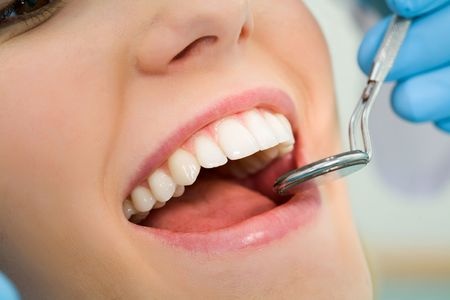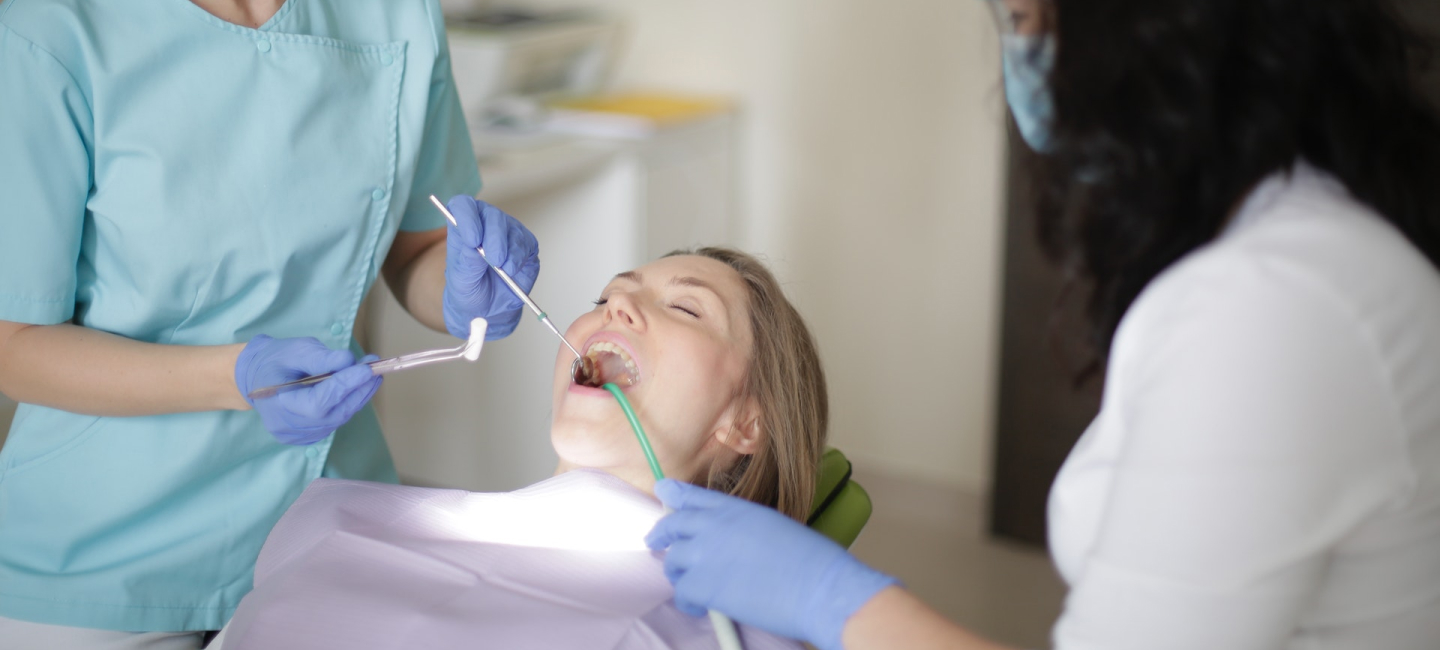History of Laser Dentistry

The lasers used in dentistry today have evolved with the development of new hardware and software. As a result, dentists and endodontists now use lasers to:
- Treat tooth decay and its removal. Tooth decay or “caries” and “cavities” is a disease that is not life threatening but typically results in tooth enamel, dentin, or cementum being destroyed from long-term exposure to harmful bacteria and other germs.
The bacteria eventually turns into a colorless film on your teeth and gums called plaque. The plaque leads to the production of acids which break down tooth enamel over time by dissolving, or de-mineralizing, the mineral structure of your teeth. This leads to tooth decay and weakening of the teeth which, untreated, leads to fillings, root canals, or extraction. - Prepare, cure and harden fillings and bonding. Materials used for fillings and bonding to repair teeth and adhere to existing and healthy enamel are blended to respond to laser light for hardening and adhesion. It is not invasive or painful compared to what may have been used in the past before laser light was available.
- Remove bacteria and reshape gums after various dental procedures. The laser method of doing this is not only less traumatic than traditional methods but also, healing is faster for the patient.
- Remove lesions or tissue for biopsy (examination for cancer). Lasers can be used to remove a small piece of tissue so it can be examined and checked for diseases including cancer. Lower powered lasers are commonly used to remove unwanted lesions, aid or facilitate healing. and to relieve cankor sore pain.
- Whitening teeth. Lasers speed up in-office whitening procedures when combined with the application of a peroxide bleaching solution. The solution in effect, is “activated” by the laser energy which is where the enhanced speed comes into play.
How Does Laser Dentistry Work?
All laser technology functions by delivering energy in the form of light. When used for dental procedures, including oral surgery, the laser dentistry tool acts as a cutting instrument for vaporizing tissue that it comes into contact with. When used for curing, a bond is created between filling materials and the tooth being treated. For teeth whitening, laser facilitates and in fact enhances the benefits of tooth bleaching agents.
For more information, call your Endodontist New York today! We specialize in painless root canals and have all the latest technology in our New York City office.

